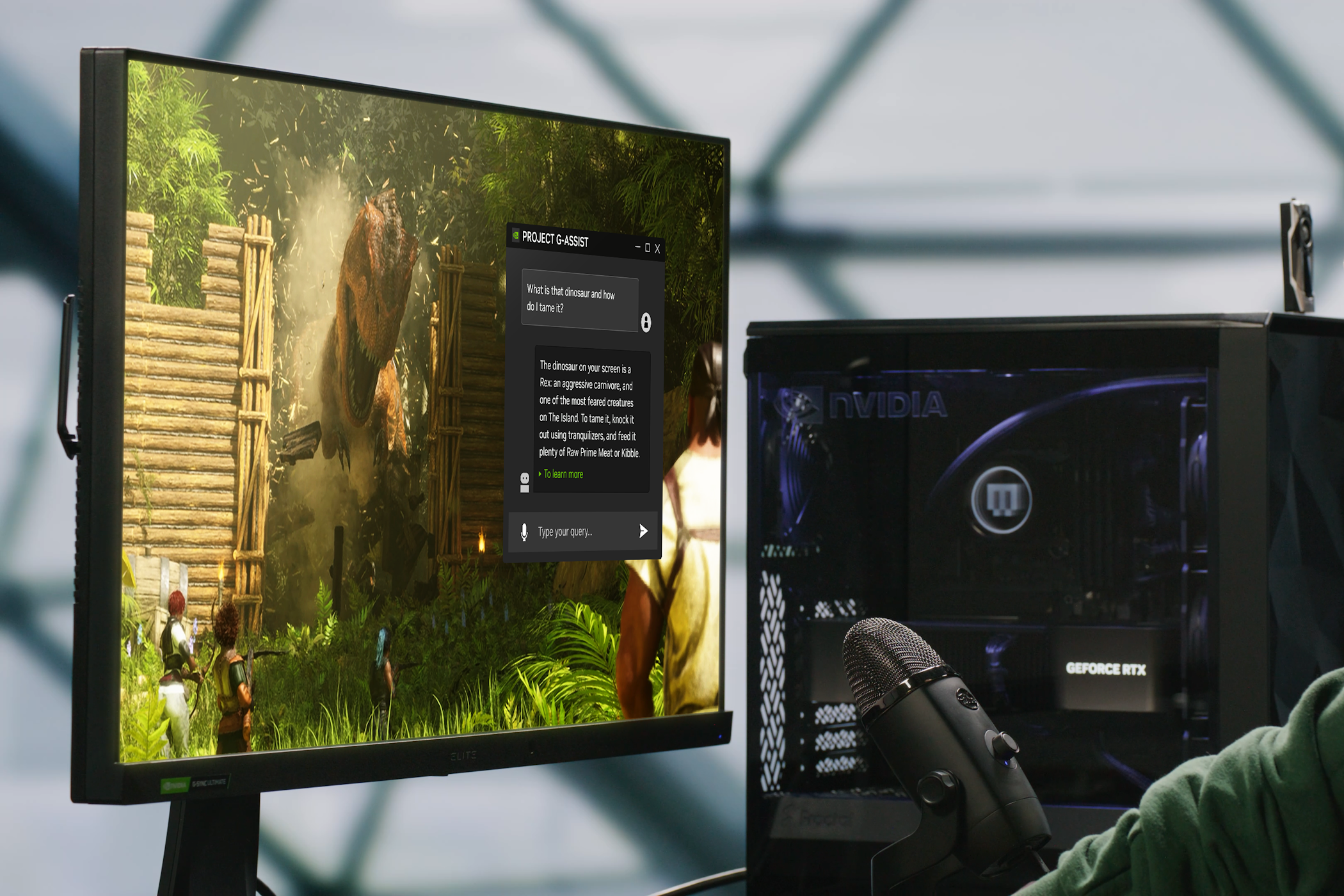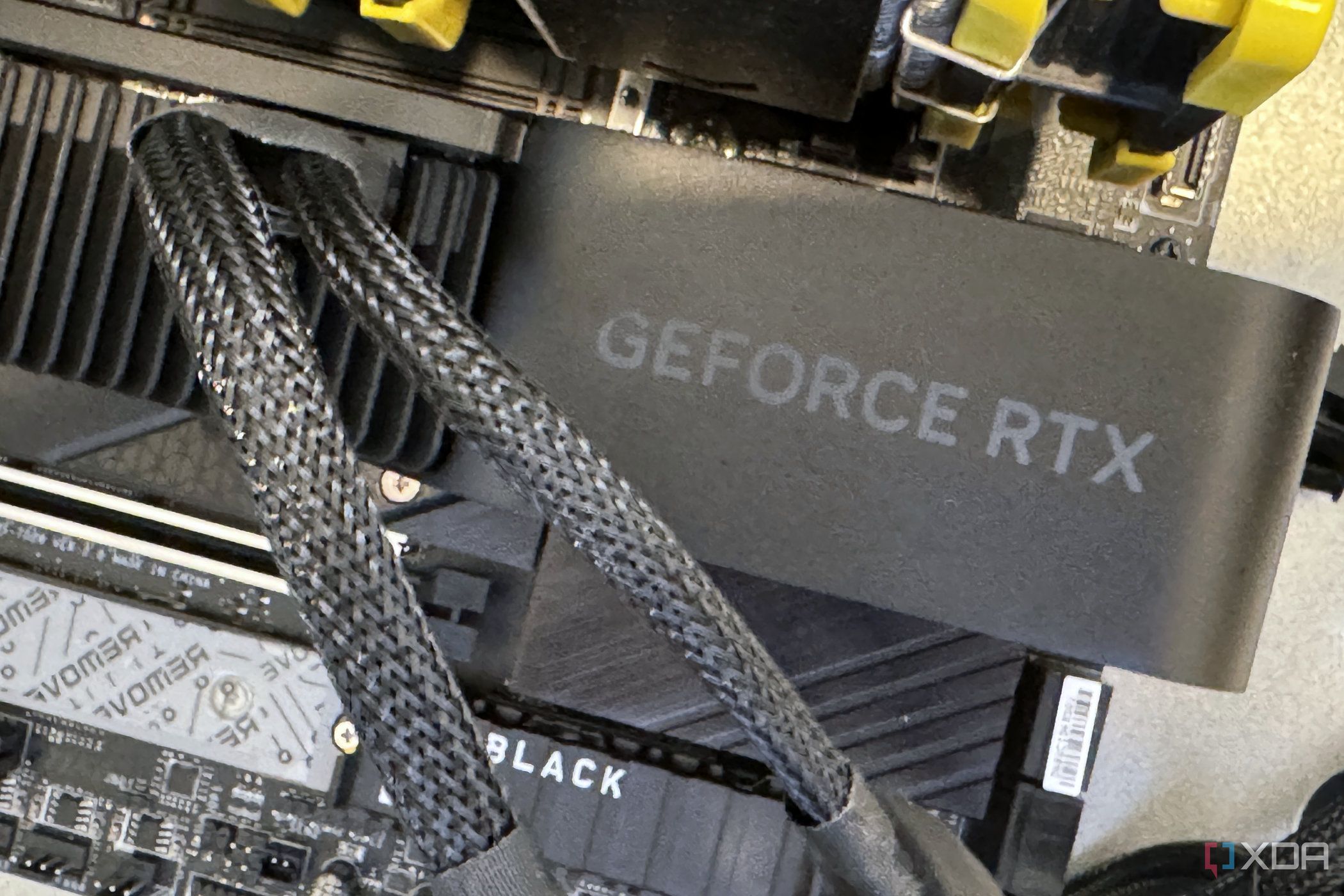Tech
Your next Nvidia gaming laptop will be compatible with Copilot+

Key Takeaways
- Nvidia introduces Copilot+ AI laptops, ready for Windows 11 features.
- Project G-Assist evolves from an April Fool’s joke to a real AI gaming assistant.
- G-Assist uses AI models to enhance player experience, delivering tailored responses.
Computex 2024 is off to a good start, with the graphics giant Nvidia taking the stage to announce what it has planned for the future. As one might expect from the big AI boom, Nvidia announced a big shift toward hardware that supports Microsoft’s new Copilot+ scheme, which brings a plethora of on-device features to Windows 11. Not only that, but the company announced a feature originally created as an April Fools joke, made possible with the newfound power of AI.
Nvidia GeForce RTX 5000 series: All of the rumors so far
Interested in the new Blackwell GPUs? Here’s everything you need to know about them
AI gaming laptops are getting the Copilot+ makeover
As announced on Nvidia News, the company is planning a range of gaming laptops that comply with Microsoft’s Copilot+ requirements:
In addition, newly announced RTX AI PC laptops from ASUS and MSI feature up to GeForce RTX 4070 GPUs and power-efficient systems-on-a-chip with Windows 11 AI PC capabilities.
Because Copilot+ hasn’t been fully released yet, the company will sell these laptops with a regular version of Windows 11. However, once Copilot+ does come out, Nvidia states that they’ll be eligible to get all of the new updates at no additional cost.
Nvidia’s Project G-Assist is an April Fool’s come true
Nvidia also announced the addition of G-Assist, a product they previously announced in 2017 as an April Fool’s joke. During the joke announcement, it was sold as an AI-powered gaming assistant that could help you beat games, but at the time, the AI capabilities were far weaker than what we have today. Flash forward to the current day, and Nvidia is ready to announce the release of G-Assist – for real this time.
Project G-Assist takes voice or text inputs from the player, along with contextual information from the game screen, and runs the data through AI vision models. These models enhance the contextual awareness and app-specific understanding of a large language model (LLM) linked to a game knowledge database, and then generate a tailored response delivered as text or speech.
The example image Nvidia gave was someone casually asking G-Assist what a Rex is, which is probably the last thing I’d do when confronted by a giant dinosaur. However, if it works well, it should be a good way for gamers to learn about the game they’re playing without having to look up guides.




)






